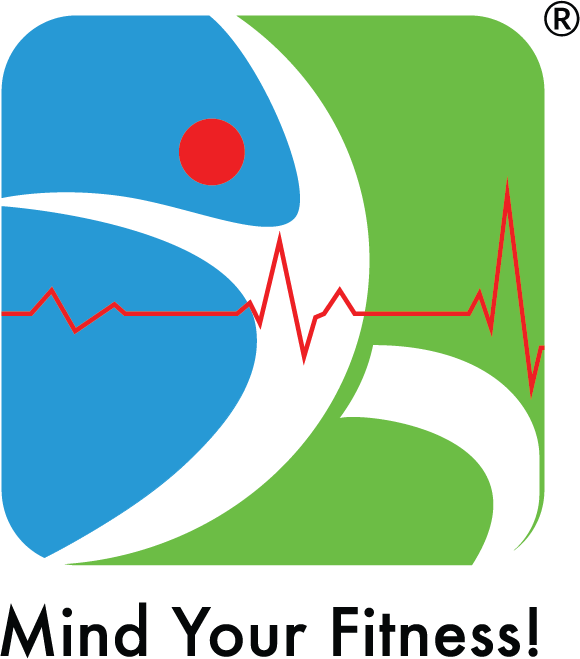
Introduction
- Migraine is a chronic recurring type of primary headache. It is a disorder involving the nerves and blood vessels of the central nervous system-brain &/or spinal cord.
- It most commonly begins during puberty or young adulthood, often changes in severity over the following years and usually decreases after the age 50.
- There is an overall 18% higher prevalence found in females over males.
Symptoms
- Pain is generally reported to be throbbing, worse with exertion, and accompanied by symptoms of nausea, sensitivity to light, sound, or odours etc.
- The symptoms of a migraine episode typically last between 4 to 72 hours and may vary in severity among different individuals.
Diagnosis and Treatment
- Diagnosis of migraine can usually be made by history alone. Treatment majorly includes lifestyle changes (diet, exercise, sleeping habits) with common medications to treat individual episodes or for long-term prophylaxis (prevention). A neurologist can prescribe these medications.
How can exercise help?
- Recent evidence suggests that strength training is the most effective form of exercise for reducing migraine. This is followed by high-intensity aerobic exercises and both of these are found to be better than migraine medications.
- Study investigator Yohannes W. Woldeamanuel, quoted, “Exercise is something patients can do all their lives and use it to prevent migraine attacks instead of taking daily medications or repetitive injections that have several adverse effects.”
- He also noted that exercise is a lifestyle-based intervention; it not only helps reduce migraine attacks but also helps control other known co-morbidities such as obesity and hypertension.
Training recommendations
- Warm up: 5-10mins
- Strength training with weights: 2-3 sets ,12-15 repetitions in each set. Weight to be lifted: 50% of 1RM i.e repetition maximum (1RM-highest weight that a person can lift in one repetition/attempt).
- Stretching and cool-down: 5-10mins
- Strength training frequency: at least 3 times a week
- Weight/resistance load can then be increased weekly by 5% of 1RM if the patient is capable of successfully completing three sets in this manner.
- It is also recommended to include active recovery days (low-intensity exercise) between training days. All major muscles should be trained in a rotation.
- It is best for patients to start with a trainer for guidance and supervision, but once they master the routines, they can do the exercises independently.
Modifications may be needed during a migraine episode. It is preferable to keep the intensity light and exercise in open spaces. If the attack is severe, exercise can be kept on hold until advised further.
References
- Multidisciplinary management of migraine: contemporary issues in physical therapy and rehabilitation medicine by Caesar Fernandez-de-las-penas et al.
- What is the efficacy of aerobic exercise vs strength training in the treatment of migraine? A systematic review and network meta-analysis of clinical trials. Yohannes W. Woldeamanuel et al.
Dr. Bhakti Salgaonkar
Neuro Rehab Physiotherapist, Mind Your Fitness





